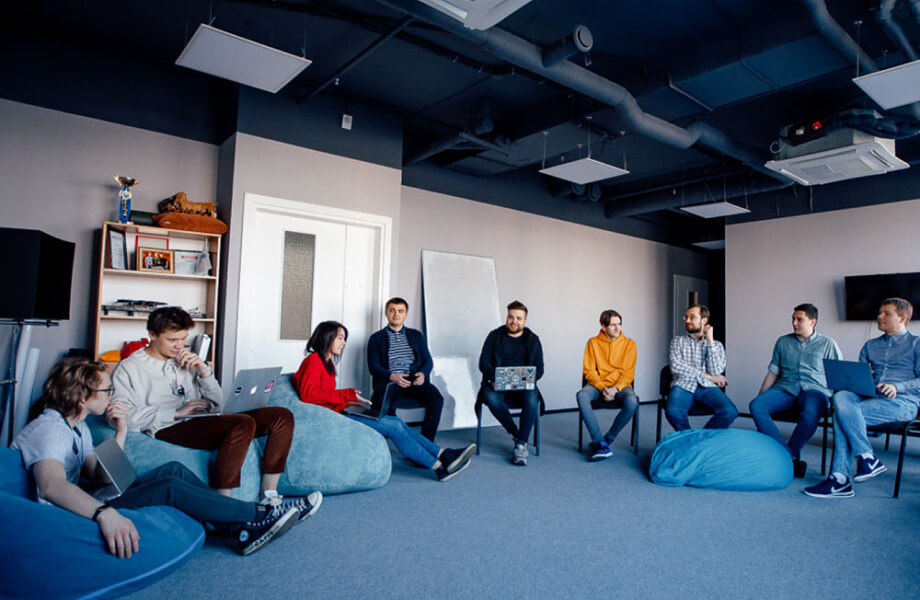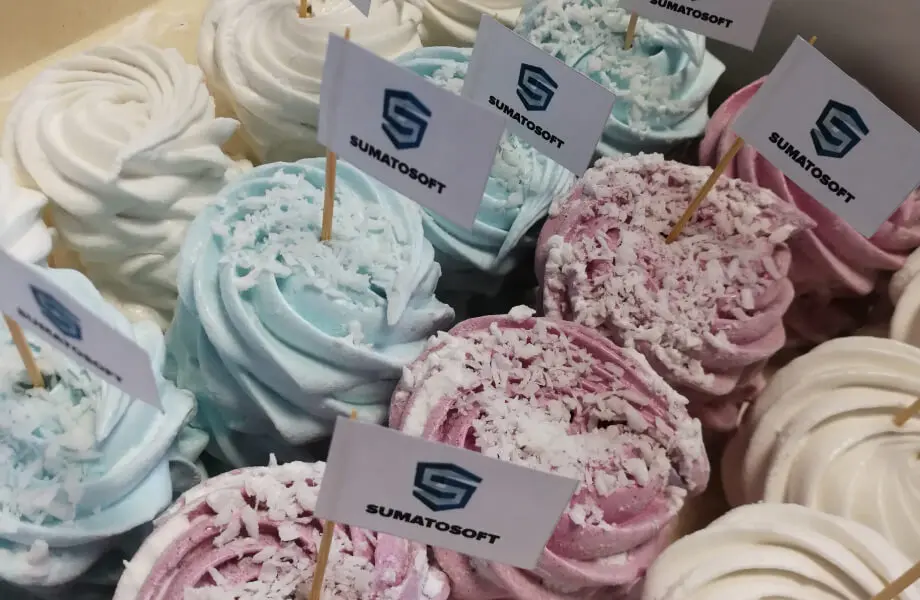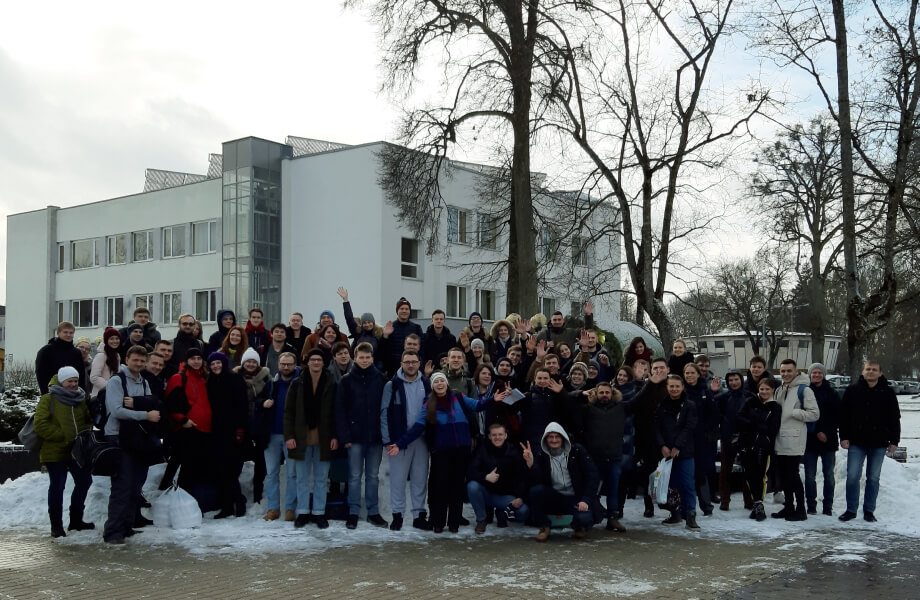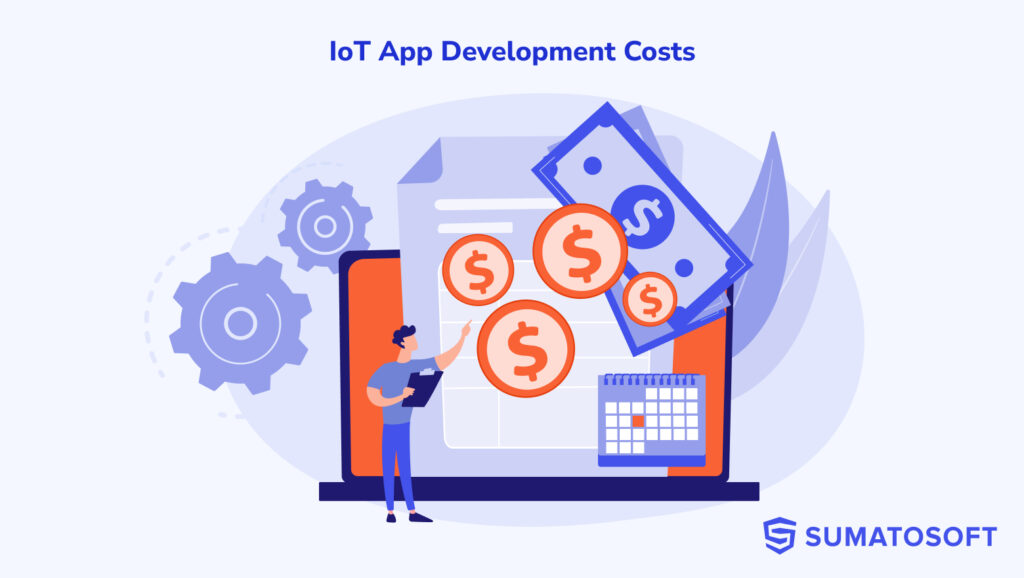Internet of Things software development services
Our full-range IoT software development services are aimed at establishing an IoT framework that integrates software solutions, hardware components equipped with sensors, and cloud-based data centers. We help businesses create high-performing solutions.
Our IoT software development services
We develop secure IoT web and mobile applications and help businesses benefit from interconnected devices and enormous streams of unstructured data. As an IoT app development company, SumatoSoft offers the following services:
Data retrieval
A crucial aspect of IoT development involves designing and constructing software solutions for data collection from various hardware sources (sensor, wearable, or industrial device). The data should be cleared, structured and securely stored in the cloud or sent to the final receiver.
Data processing
Data brings little value if it is not processed. It should be filtered, structured, and securely stored in the cloud or sent to the final receiver. We build IoT ecosystem architectures to ensure efficient H2M/M2M communication. We set up scalable cloud applications to aggregate IoT data and process it.
Data analysis
Best practices of Big Data analytics help to collect, process and analyze Internet of Things data. Our IoT application development services bring visually appealing IoT data visualization solutions. Consequently, you benefit from important business insights.
IoT solution consulting
We offer expert advice on the selection, integration, and management of IoT devices and platforms. Our consulting services include developing an IoT product roadmap, security and compliance consulting, network architecture, proof of concept, and ROI analysis. We help you realistically assess the benefits and value IoT might bring.
IoT data visualization apps
We create intuitive apps and informative dashboards that transform raw IoT data into meaningful charts and visualizations, enabling users to interpret and act on insights easily. Designed to handle large-scale IoT sensor fleets, our solutions enable efficient device management, remote monitoring, and proactive maintenance. Whether you’re overseeing industrial equipment, smart city systems, or connected consumer devices, our apps empower you to make data-driven decisions with confidence.
Development of remote control apps
We develop applications that act as a bridge between users and IoT devices. Our solutions ensure accessibility and usability for consumer-market devices and large-scale distributed IoT ecosystems. Whether for industrial automation, home automation, or healthcare applications, our apps ensure seamless interaction and functionality from anywhere.
QA and testing
We offer comprehensive Quality Assurance (QA) services tailored for IoT applications. Our approach includes developing a customized QA strategy, conducting thorough manual and automated testing, running security tests, preparing an update management strategy, and much more to ensure the software meets the highest standards before release and business expectations.
IoT app management and support
Our management and support services include proactive monitoring, regular updates, performance optimization, and quick issue resolution to minimize downtime. All our IoT development services efforts aim to ensure the IoT application remains efficient, secure, and up-to-date.
Let’s discuss your IoT project!
Drop us a line and discuss your project within 1 business day with SumatoSoft IoT experts.
Industry-focused IoT product development
Companies worldwide are exploring the full potential of Internet of Things (IoT) technologies and the benefits of collecting and analyzing data. The reality is that the opportunities are vast, with every industry finding unique ways to leverage IoT software development to enhance their operations, boost profitability, and streamline business processes.
Healthcare
- remote patient monitoring (RPM);
- medical imaging solutions;
- modernized patient assistance;
- and more healthcare IoT solutions.
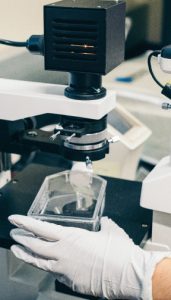
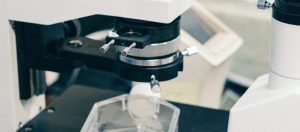
Retail
- smart shelves;
- delivery operations;
- warehouse automation;
- and more.


Manufacturing
- robotics;
- remote monitoring;
- predictive maintenance;
- and more.
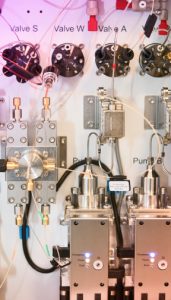
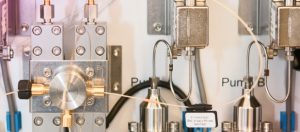
Smart homes & cities
- smart traffic lights;
- waste management system;
- CCTV surveillance systems;
- and more.
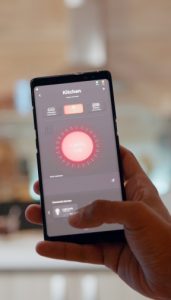

Automotive
- fleet management & monitoring;
- vehicle tracking;
- driver safety support;
- and more.


Your niche
Get in touch with us and find out how IoT apps can bring value to your business.


IoT consulting & software development
IoT solution consulting
- discovering implementation opportunities, such as streamlined operations, cost reduction, and waste minimization;
- developing a detailed IoT product roadmap with clear budgets, timelines, and milestones;
- providing security and compliance consulting and audits to meet standards like GDPR and HIPAA;
- selecting the optimal technology stack, including hardware, software, and communication protocols;
- designing scalable, secure, and resilient IoT network architectures;
- running proofs of concept to assess potential benefits and ROI before full-scale development;
- establishing data governance practices to ensure data quality, security, and usability;
- planning integration of IoT systems with existing solutions like CRM and ERP platforms;
- requirements engineering.
IoT project development
- eliciting business and user requirements;
- designing the IoT architecture;
- creating user-friendly UI/UX designs for end-user applications;
- establishing data governance policies for managing, storing, and sharing IoT data;
- connecting and configuring IoT devices;
- building servers, databases, and APIs;
- setting up cloud storage and computational resources;
- implementing edge computing;
- conducting rigorous quality assurance and security testing;
- developing informative dashboards for real-time monitoring and analytics;
- deploying IoT systems, providing user training, and offering ongoing support and updates.
Quick playbook: selecting an IoT development partner [pdf]
Get a free playbook that will help you find the right IoT development partner. No email required.
Our IoT development process
As a starting point of IoT solution development, we offer our Client a detailed hardware-software integration roadmap. It’s the interconnection of hardware and software that differentiates IoT development from standard development. Hardware usually evolves alongside software development.
We examine and document all dimensions of the project that embrace Client and user needs, evaluate the Client’s existing software infrastructure, conduct environmental, market analysis and cost assessment. We aim to ensure the future IoT solution will meet business goals and user needs.
The next step includes outlining the software and hardware components, their interactions, the data flow, and the structure of the IoT network. We select the best communication protocols, find optimal databases and cloud or on-premise data storage, consider necessary methods for data processing and analysis, and more. The result of this step is a comprehensive system architecture document that serves as a technical blueprint for future solutions.
We meticulously develop and test the software part and its communication with smart devices within the IoT network. We follow the best practices in software development, such as version control, CI/CD, automated testing, and regular core reviews, and adhere to secure coding standards.
Depending on the project industry, the number of IoT devices inside the system, and other factors, we deploy the system into the working environment. This might involve phased rollouts, simultaneous deployment across different locations, partial deployment to different device versions, and more.
Our work doesn’t end here. We provide continuous support by updating technologies, deploying new security patches, and monitoring performance and the overall health of the IoT ecosystem.
Pricing model for IoT development projects
We offer two pricing models for IoT app development services that fit different project and business needs. The time and material model is known for its flexibility, while the fixed-price model enables businesses to get working software within a strict budget.
The Fixed Price model supposes that billing is based on a predefined sum that is specified in the contract. It’s most suitable for
The Time & Material engagement model implies monthly billings that contain only real development efforts in the previous month (person-hours actually worked). It’s most suitable for:
Recent IoT software we developed
Graphical user interface for robot operation
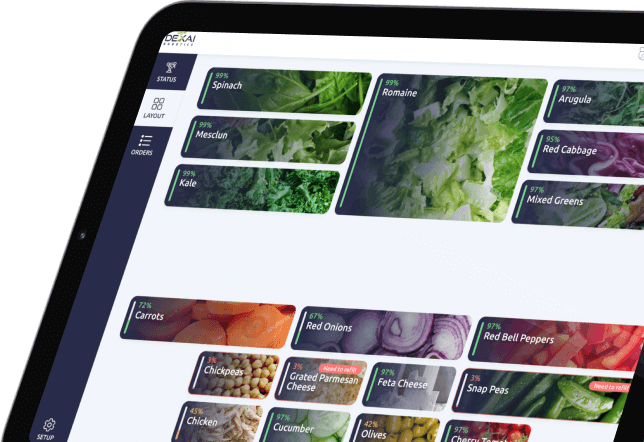
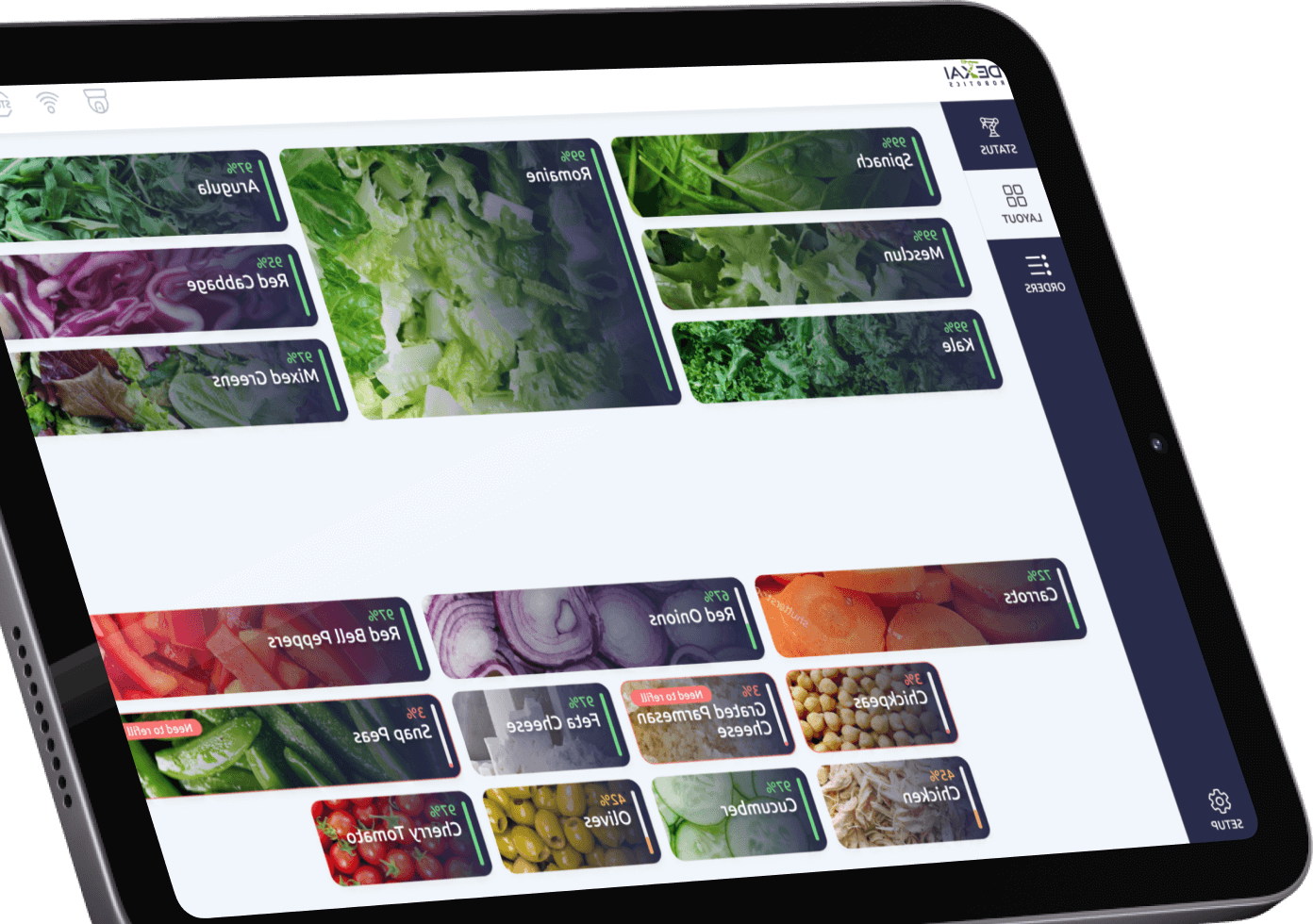
IoT application with sensors for industrial fridge monitoring
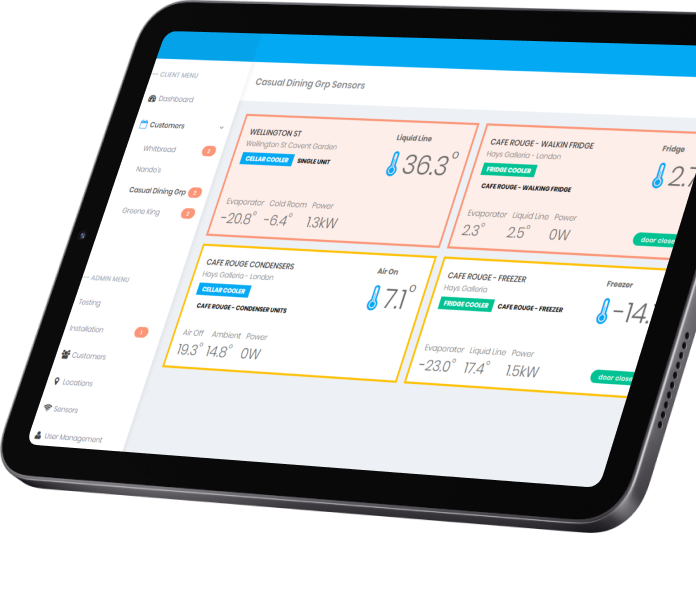
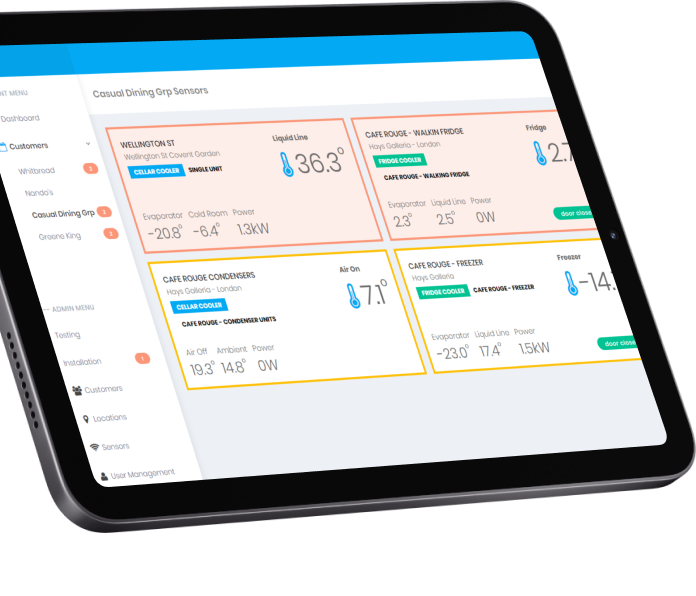
Real-time blood glucose monitoring app for a healthcare technology firm
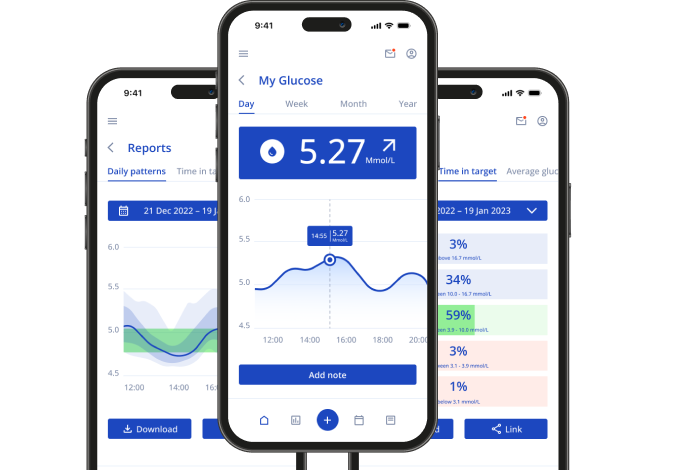

Technologies we work with
IoT architecture to streamline any business
From sensors and connectivity protocols to edge devices and cloud platforms, we carefully design each layer of the IoT architecture as a part of our IoT software development services. We select the optimal technology stack to maximize benefits for the specific industry, integrate the network with business tools such as CRM and ERP platforms, and tailor the entire IoT ecosystem to align with your business requirements, device capabilities, compatibility needs, budget, and timelines.


Get a free IoT app estimation
Get free IoT product planning session with our team providing details about your idea
Why SumatoSoft is the right IoT company
Since 2012, we have helped companies to gain competitive benefits by applying the best IT innovations, one of which is IoT. Over the years, we have gained rich experience in the Internet of Things solution development and summarized some mandatory requirements for IoT development. We have become a reliable software development partner for many businesses in 26 countries, including the US.
Guarantee
Security mastery
Quick time to market
Scalability
Transparency
IoT device management
For 13+ years, we have proudly taken responsibility for your IoT projects!
Awards & Recognitions
Starting IoT Project – FAQs
Let’s start
If you have any questions, email us info@sumatosoft.com

Frequently asked questions
What are IoT services?
IoT services encompass a range of services for designing, implementing, and maintaining IoT solutions. These include consulting, hardware-software integration, IoT network architecture design, data processing, device management, cloud integration, full-fledged IoT app development, and ongoing support. At SumatoSoft, we provide all these services as part of our IoT software development services.
What is IoT in software development?
IoT stands for the Internet of Things, which is a network of interconnected devices like vehicles, agricultural sensors, home appliances, etc. When we talk about IoT app development services, we usually mean different activities aimed at developing applications and systems that are operated using these interconnected devices.
What are the fundamental components of IoT?
The fundamental IoT components are those that form the foundation of the device network:
- sensors/devices that are responsible for data collection;
- connectivity layer that enables data transfer between devices and the cloud;
- data processing layer, which involves filtering and processing of the gathered data;
- user app.
What protocols are used in IoT?
IoT protocols are categorized into two groups based on the operation range: local and global.
local protocols – for short-range communication within confined areas, such as Bluetooth Low Energy (BLE), Zigbee, and Wi-Fi.
global protocols – for long-range communication, connecting devices to the Internet, like LoRaWAN, NB-IoT, 4G LTE, and 5G networks.
What does an IoT developer do?
An IoT developer designs, builds, and manages software that powers IoT devices and ecosystems. Their work includes integrating hardware with software, implementing communication protocols, developing data processing systems, ensuring security, and creating IoT user apps that seamlessly interact with the IoT network.



